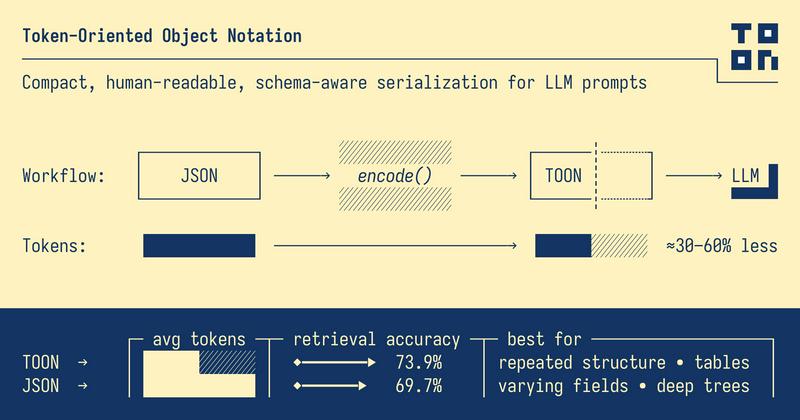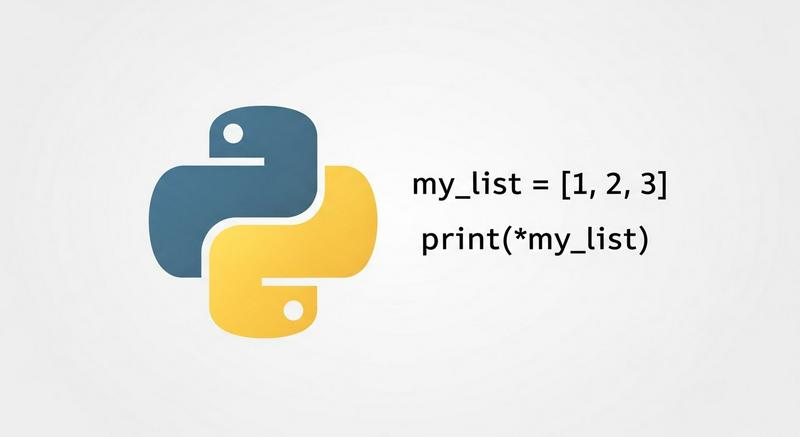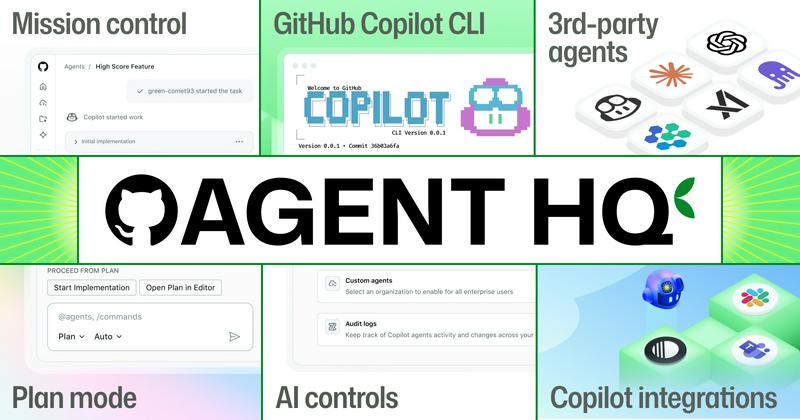
Perplexity Enters Long-Term Licensing Agreement with Getty ImagesPerplexity, an AI search startup, has signed a multi-year licensing agreement with Getty Images to incorporate Getty’s photos into its platform, marking a strategic shift amid plagiarism accusations. The partnership, focused on proper attribution, aims to enhance image use in search results and fortify Perplexity's stance on content legality.

Canva's New "Creative Operating System" Transforms Marketing WorkspacesCanva has introduced a "Creative Operating System" featuring new digital marketing and video editing tools powered by AI. These innovations include enhanced video editing, Canva Grow for ad management, and a new Email Design product.

Microsoft Unveils AI Browser, Echoing OpenAI's Recent LaunchMicrosoft's new AI-enhanced Edge browser, Copilot Mode, aims to transform web browsing with features like tab summarization and form-filling. The release closely follows OpenAI's Atlas browser launch, signaling rising competition in the AI browser space.

YouTube Introduces Options for AI Upscaling on Low-Resolution VideosYouTube introduces AI upscaling for low-resolution videos and other features like real-time shopping and larger thumbnails for enhanced TV viewing. Users and creators can opt out of these upgrades, maintaining control over video quality.







